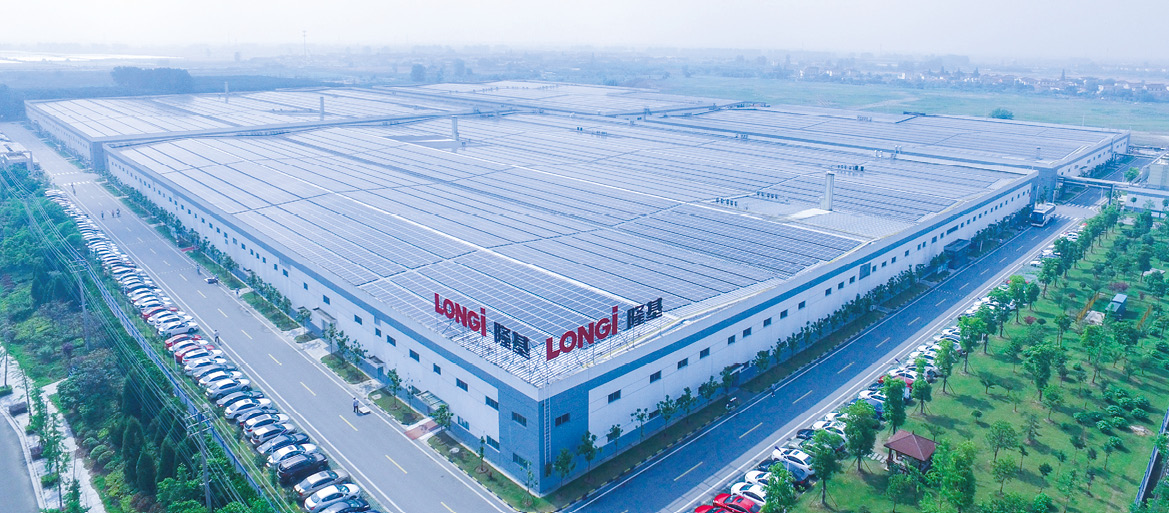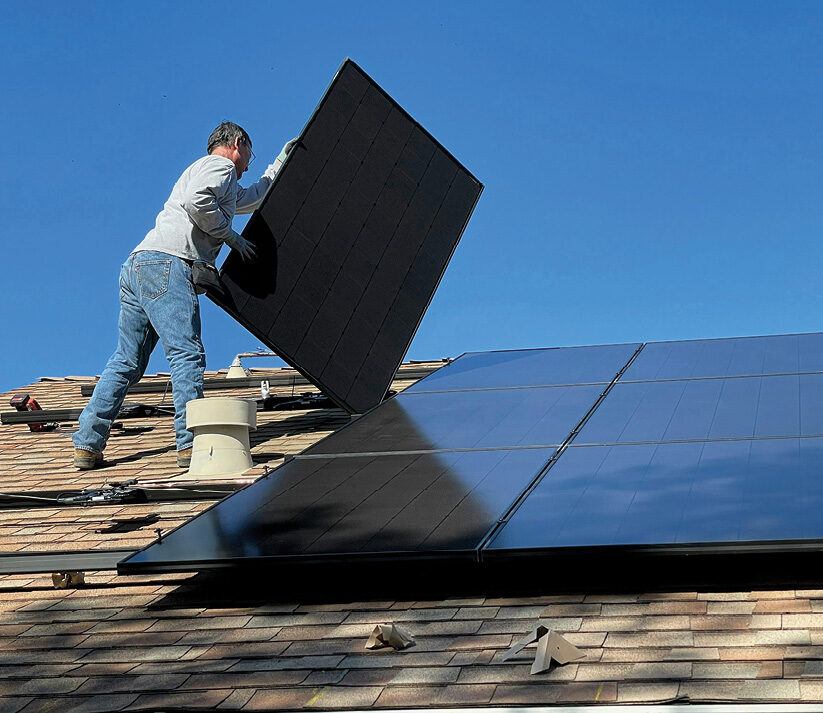Longi has revealed it might reduce its global workforce due to an “increasingly competitive environment” in the solar industry.
“In order to adapt to market changes and improve organizational efficiency, Longi is optimizing its workforce,” a company spokesperson told pv magazine. “The expected job reduction rate is about 5% of total employees, and the information circulating online about our company’s ‘30% layoff’ plan is false.”
The statement refers to an article published by Bloomberg on Monday, citing “people familiar with the matter” as a source. The outlet reported that Longi was planning to cut around one-third of its staff to reduce costs and regain competitiveness in an industry plagued by overcapacity.
This is not the first time layoff rumors have emerged in relation to Longi. In December 2023, reports surfaced suggesting a significant reduction in expatriate laborers and management trainees, alongside a halt in social recruitment activities.
According to the company’s latest annual report, it employed 60,601 people at the end of 2022. It was expected to have grown to around 80,000 employees by mid-2023.
Longi is the world’s leading vertically integrated solar enterprise. It recorded CNY 94.1 billion ($12.6 billion) of operating revenue in the first three quarters of 2023, up 8.55% year on year. Net profit attributable to shareholders of listed companies also saw an uptick, reaching CNY 11.694 billion, up 6.54% year on year.
However, Longi has also encountered significant challenges, due to escalating overcapacity in the PV sector and the continuous decline of module shipping prices.
This content is protected by copyright and may not be reused. If you want to cooperate with us and would like to reuse some of our content, please contact: editors@pv-magazine.com.








After California CPUC adopted NEM3.0, other states and counties are doing the same thing in reducing compensation for electricity generated by rooftop solar. Indonesia, the fourth most populated country in the world, just banned net metering for rooftop solar as well. The utility industries have billions of dollars tied up in fossil fuel powered electrical generation and they need to make a profit from there 50 to 70-year life expectancy for those power plants. Rooftop solar destroys their profit model, one installation at a time, and the time for utilities to fight back against the “Rooftop Competition” has come. California Utilites have built and are building large solar farms and solar storage facilities at a cost being passed onto consumers with higher utility rates to allow fossil fuel early retirement but, poor countries just cannot do that quickly to protect their citizens from overwhelming rate hikes. This drives down rooftop solar sales leaving a large newly manufactured surplus of rooftop solar panels. This is hurting rooftop solar installers even more since they are not equipped to bid the work on the large solar farms that will really save the planet from global warming.